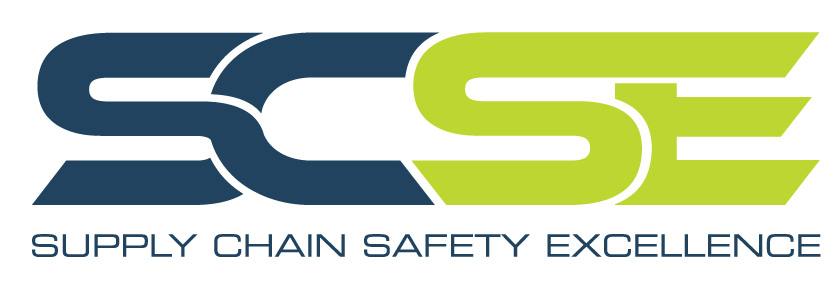At Supply Chain Safety Excellence (SCSE) we specialise in helping our clients review the adequacy and effectiveness of their ‘Chain of Responsibility’ (CoR) business practices and risk controls. Or more simply put, are you doing what you say you do? For example, if you say loaders or drivers will restrain loads using a particular system, do you periodically check they are following that system. And do you know if that load restraint system is adequate to meet the loading performance standards under the Heavy Vehicle National Law (HVNL)?
A recent prosecution of a Perth transport company in the Magistrates Court of Western Australia reinforces the importance of checking risk controls are working effectively in operational practice. View the WorkSafe WA Media Release.
In this case, the company had proactively installed fatigue distraction detection technology in its entire fleet, including contractor’s vehicles, but failed to check the system was always working as intended. In one vehicle it was found that previous records showed the driver had intentionally moved the in-cab camera so it was misaligned and no longer working effectively on 465 occasions (exception events logged).
WorkSafe Commissioner Darren Kavanagh said “…despite the fact that the system logged a large number of camera misalignment events in this truck, the company took no action. (The company) put the system in place but then neglected to use it properly. It’s obvious that (the company) failed to adequately monitor daily reports on field-of-view exceptions and, as a result, failed to take any action on the unusually high number of camera misalignments in this particular vehicle. The company should have recognised sooner that the driver may have been moving the in-cab camera on a regular basis, and that might have been achieved if some cross-checking of data was performed.”
The HVNL requires CoR parties to ensure, so far as is reasonably practicable, the safety of the party’s transport activities. In doing so, each party must, so far as is reasonably practicable, eliminate or minimise public risks arising from their transport activities.
Common themes from the National Heavy Vehicle Regulator (NHVR) case learnings from prosecutions under the HVNL go to the effect:
“If you have policies, systems and procedures in place to manage risk, make sure they are being utilised and applied. Continue to monitor and review them.”
“You cannot just be told something; you must ensure it has or is occurring. (Have) systems or processes in place to monitor or ensure that the HVNL is being complied with.”
For more case learning, see the NHVR website.
When monitoring and reviewing controls we recommend considering their:
- Adequacy – Are control measures checked to see whether they have eliminated or minimised the risk, so far as is reasonably practicable? I.e., Are they achieving what they were intended to do? Are they aligned with the suggested control measures in the Master Industry Code of Practice (Master Code) and or leading industry practices.
- Effectiveness – Are control measures implemented and working as planned? Do they reflect operational practice – the way work is done, or are there deviations? Assess whether the controls are:
- Effective – 100% everywhere, everyone, everything
- Partially effective – Sometimes, some people, some things
- Not effective – Rarely, by very few people, significant gaps identified or control not yet in place
And if necessary implement recommendations for improvement.
At SCSE we check CoR risk controls are adequate and effective by conducting site based field visits and on-the-job observations to identify what is working and what is not working. For example, do you know how effective drivers’ daily checks are? When was the last time you observed a driver doing a daily check? We sometimes find that some drivers only do a cursory walkaround or “tick and flick” daily check, if at all. One tell-tale sign that drivers may not be conducting thorough daily checks that may warrant further enquiry is little or no fault reporting.
We have conducted CoR risk control effectiveness reviews for some of Australia’s:
- leading integrated construction materials companies;
- leading agribusiness (sugar producer);
- leading dealers of heavy machinery and hire equipment;
- largest producer of sawn timber products;
- largest interstate road transport operator for refrigerated freight; and
- a leading supplier of specialty chemicals.
Now we understand you could do it yourself, but sometimes it pays to bring a ‘fresh eyes’ approach and an independent review of business practices and safe systems of work when managing critical risk controls. Based on our years of auditing and industry experience, and powers of observation we gather data in the field and document our observations and findings behind the scenes (no clipboards required). We take photos in the field which are used as a memory prompt for observations and illustrative report writing purposes. Using an authentic and practical approach our clients are regularly surprised at what we are able to discover.
If you need an independent review of your CoR business practices and risk controls to verify they are adequate, understood and effective, by an experienced and recognised industry professional, please get in touch.
View our client testimonials.


